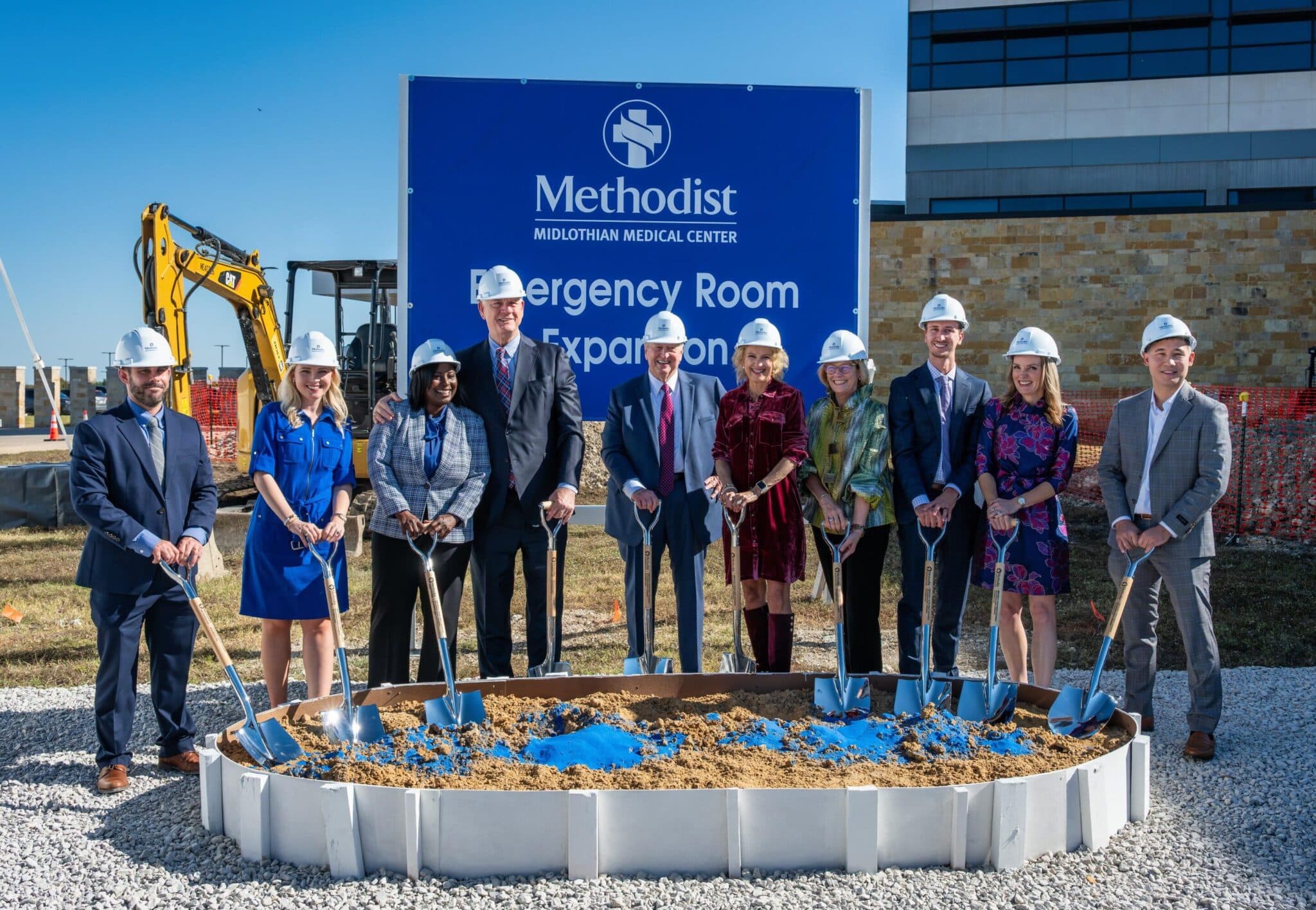As we reach the halfway point of 2022, there are three distinct problems plaguing the North Texas construction industry: cost escalations, long lead times, and labor shortages. Despite volatile market conditions, clients can succeed with a collaborative, creative approach to building. Here are 5 steps to how.
1. Early General Contractor/Trade Partner Involvement
Bringing your CM/GC and trade partners on board during the project’s conception phase allows the design team to talk directly with and learn from the builders who are procuring materials and building the project. This is incredibly important because of the impacts from the constantly-changing commodity market during the design phase. Information your CM/GC should be sharing includes:
- The availability of materials, equipment, and labor.
- Impacts of escalation and contingency recommendations to offset these costs.
- Recommended prefabrication options.
- Trade partner feedback on design options for better production.
Early engagement will allow designers to ensure the design will meet the budget and that material selections will coincide with project schedules.
2. Trade Partner workforce capacity
“More businesses die from indigestion than starvation.” – David Packard, The HP Way
There is real risk for trade partners to become over-leveraged in the current market, and clients need to understand that choosing contractors based on pricing alone is hazardous.
Risks associated with default are on the rise due to the following:
- Late delivery, or non-availability of materials related to supply chain issues
- Inaction following a project delay, perhaps because contractors are prioritizing other projects
- Quality issues related to insufficient labor or supply chain issues
- Disruptions in revenue or cash flow as a result of delayed, postponed, or canceled projects
Information your CM/GC should be sharing includes their processes around the following:
- Trade partner prequalification
- Subcontract default insurance
And for any trade partners being considered, a review / evaluation of:
- Current financial statements (past 3-6 months) and the current bank line of credit and available amount
- Work-in-progress (WIP) reports
- Current manpower logs (the next 12 months)
This understanding can help mitigate risks associated with a default that could take a project off track.
3. Early Release Package
During the development of the project schedule, it is essential that long-lead materials are considered before design begins. With materials lead times growing well beyond 8-12 months on certain products, an impact on the timely completion of a project can easily occur. If your general contractor and key trade partners are signed up and working closely with design and engineering teams to prepare pre-purchase packages, procuring long-lead materials early in the design process can occur, which will offset delays in project starts or pauses during construction. An example of this would be having a purchase package included as part of the Design Development phase for items such as structural steel, switchgear, rooftop units, generators, etc.
4. Permitting
In traditional delivery, if the design takes six months and construction takes twelve months, then it is eighteen months in total before a building is complete. In our current market, after the six months of design, projects must delay their start to allow procurement of materials to catch up. Let’s assume that delay is three months. Then, the duration from the beginning of design to completion of construction would be twenty-one months. By working with local municipalities early in the design process, teams can creatively permit, allowing the project to start construction sooner. By releasing documents in phases—such as site work package, core and shell package, and finish out package—construction can start earlier (before all design is complete), which starts the twelve-month duration earlier in the process so that the building opens earlier. Pairing this approach with early release material packages gives projects a chance to complete on time. Be sure to ask the municipality you are working in if they allow for a phased design package approach.
5. Lean Scheduling
With so much schedule uncertainty in the market today (lead time issues, workforce shortages, shipping delays), it is essential that clients work with general contractors who understand Lean Construction scheduling principles. General contractors who allow their trade partners to become a part of the planning/schedule process, via tools such as the Last Planner® System, will have more success due to the transparency around work durations, handoffs between trade partners, managing constraints, and much more. In the most collaborative versions of Lean projects, trade partners are involved in weekly owner/architect meetings, where they are sharing the most current information related to supply chain concerns and making recommendations for alternate solutions when things go awry.
Our industry will succeed in overcoming this instability and uncertainty if we continue to rely on our trusted partnerships. Relationships are fundamental to our business, and we thrive when we are driven to go deeper in collaboration and cooperation.
See this article on D Magazine here: https://www.dmagazine.com/commercial-real-estate/2022/06/building-in-todays-uncertainty-five-things-owners-should-consider/




